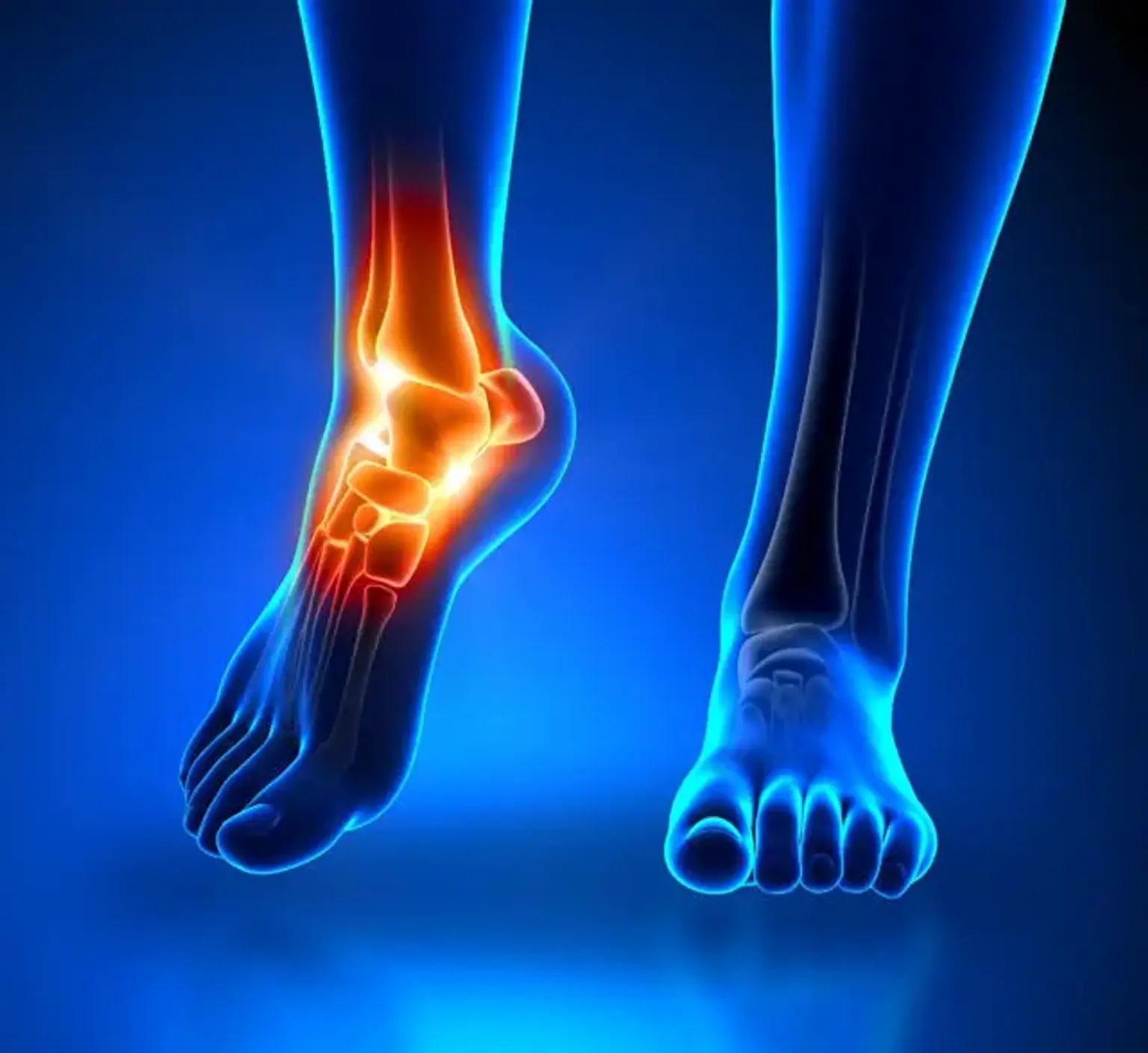Introduction
Ankle fusion surgery, also known as arthrodesis, is a procedure used to treat severe ankle joint arthritis or injuries that haven’t responded to other treatments. When the ankle joint becomes damaged from conditions like arthritis, trauma, or deformities, fusion surgery helps reduce pain and restore function by permanently joining the bones of the ankle joint.
This procedure has gained popularity worldwide as an effective solution for those who can no longer tolerate the discomfort or immobility caused by damaged ankle joints. Ankle fusion can significantly improve quality of life by eliminating the pain that comes with joint movement.
Indications for Ankle Fusion Surgery
Ankle fusion surgery is typically considered when other treatment options—such as medication, physical therapy, or joint injections—no longer provide relief from pain and stiffness. The most common reasons for ankle arthrodesis include:
End-stage arthritis: This is the most frequent reason for ankle fusion surgery. When the cartilage in the ankle joint is severely worn down, arthritis leads to constant pain and limited mobility.
Severe ankle fractures: In cases where the bones are irreparably damaged and cannot be properly reconstructed, fusion provides a stable and functional alternative.
Ankle deformities: Congenital deformities or those resulting from previous injuries can also lead to the need for fusion to restore proper alignment and prevent further joint degradation.
Techniques Used in Ankle Fusion Surgery
Ankle fusion can be performed through different surgical approaches, depending on the patient’s condition and the surgeon’s preference:
